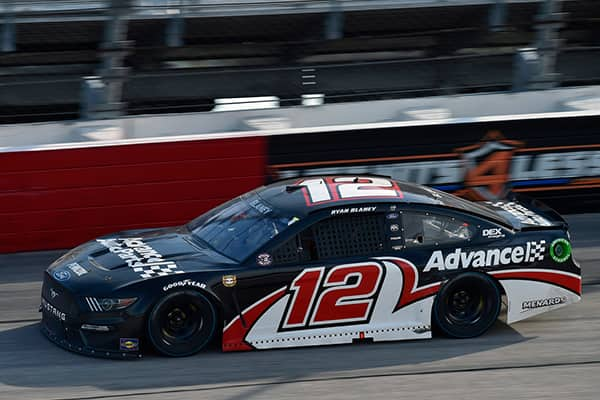Think about what your suspension does. It insulates the passenger compartment from jolts and road irregularities, works with the steering mechanism to provide control while cruising in a straight line or cornering, prevents excessive body lean while turning, and protects the undercarriage from making contact with the pavement. There are bushings, rubber components, springs, shock absorbers, and even the air in the tires to take on these tasks. But the design of suspensions varies quite a bit.

Double-wishbone strut. Source | RB30DE
Double wishbone suspension
Double wishbone suspensions have been around for a long, long time and are featured in everything from a performance coupe to your grandpa's '72 Buick sedan. In a double wishbone setup, the shock absorbers and coil springs connect upper and lower control arms, with the steering knuckle and hub carrier on the lower control arm and the upper control arm attached to the frame. It's designed mostly for frame/body-type vehicles and is inherently more rigid than a MacPherson strut suspension, with less of a camber change while cornering or negotiating bumps.
Double wishbone suspension cons
They're heavier, with greater unsprung weight, and they're more complicated, with a greater number of linkages, bushings, connectors and rubber parts. That means a suspension that's more difficult and expensive to repair, and more parts that can be damaged or can wear out over time. With this design, it can only take damage or wear to one part for the whole suspension not to work properly or not to be able to hold alignment angles.
MacPherson struts
A MacPherson strut suspension's upper bolt is connected directly to the body of the vehicle, with its lower end bolted to the vehicle's hub carrier. The strut itself is part of the steering geometry and provides the steering axis inclination. It usually is designed with the coil spring on top of the shock absorber cartridge and is designed for unibody vehicles rather than body/frame designs.
MacPherson struts have the advantage of lower cost and a simpler design, as well as forgiving ride quality on the highway. The entire strut assembly is lighter as well, which has payoffs in unsprung weight and the vehicle's overall power/weight ratio. They take up less space than a double wishbone setup and allow for a wider engine compartment, as well. Struts are sturdy and simple but should be checked every 50,000 miles.
MacPherson strut cons
MacPherson struts are tall, effectively raising the center of gravity and making it difficult to lower a vehicle's profile and ride height for performance and handling. They also change camber angle whenever the suspension moves, making it more difficult to keep all four wheels in solid contact with the road while cornering, affecting control. On older vehicles that are starting to show some wear, struts can also transmit more noise through the body of the car.
Some improved versions of MacPherson struts are designed to separate suspension and steering geometry, with improved scrub radius and kingpin offset angles and a reduced tendency toward torque steer in FWD platforms.
Shop Shocks and Struts.








